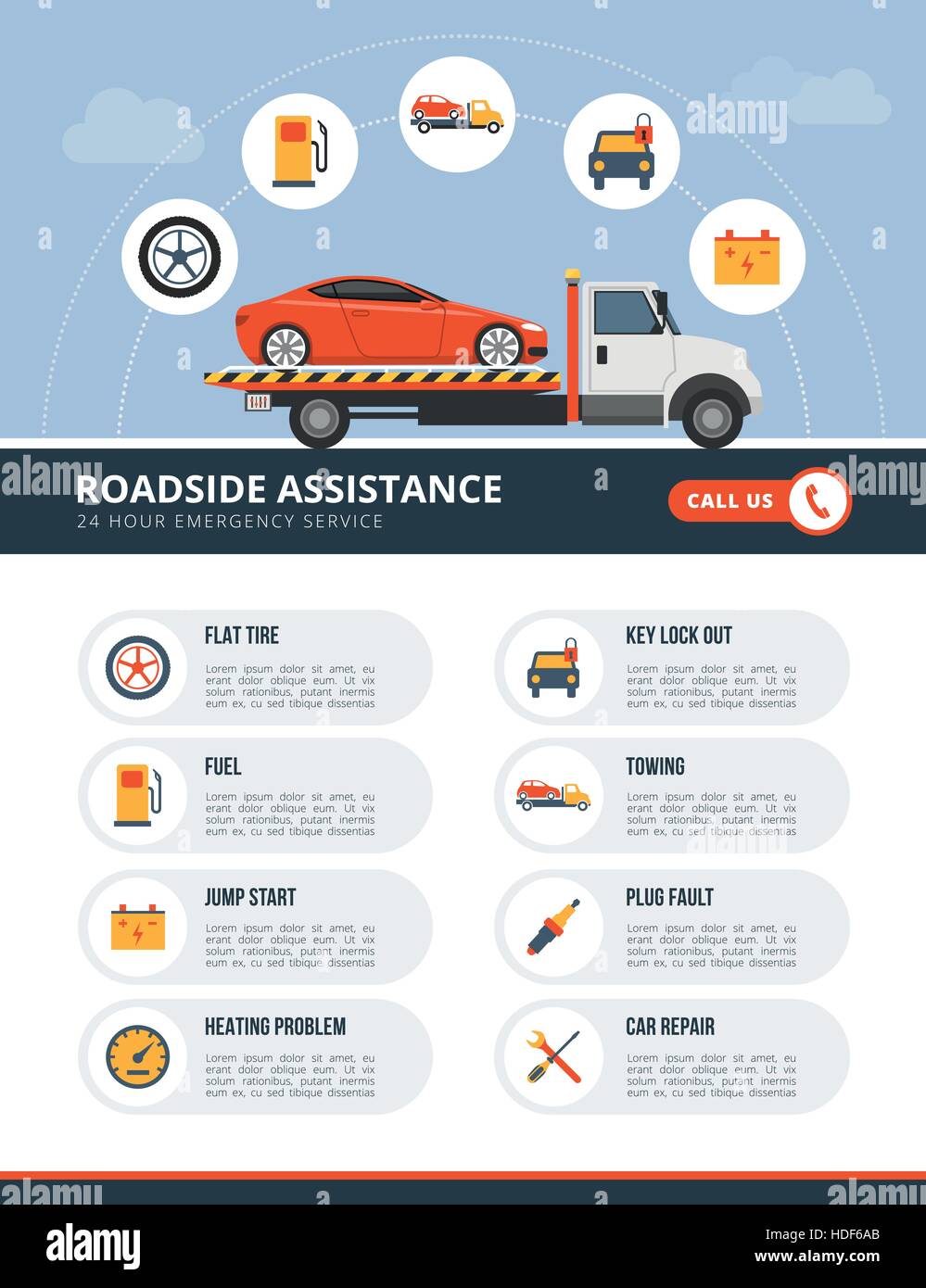Analyzing Your Vehicle'S Alert Lights: Their Real Implications
Analyzing Your Vehicle'S Alert Lights: Their Real Implications
Blog Article
Post Created By-Hartley Kejser
When you're behind the wheel, those beautiful warning lights on your dashboard can be a little bit puzzling. Do you understand what they're trying to inform you concerning your automobile's wellness? Understanding the importance of these lights is crucial for your safety and security and the long life of your automobile. So, the following time one of those lights turns up, wouldn't you wish to decipher its message precisely and take the required actions to resolve it?
Common Caution Lights and Interpretations
Determine usual caution lights in your car and recognize their meanings to make certain safe driving.
One of the most normal caution lights include the check engine light, which signifies problems with the engine or discharges system. If this light begins, it's vital to have your vehicle inspected without delay.
The oil stress alerting light indicates reduced oil pressure, calling for instant attention to prevent engine damages.
A flashing battery light may suggest a defective charging system, possibly leaving you stranded if not attended to.
The tire stress monitoring system (TPMS) light alerts you to reduced tire pressure, influencing vehicle stability and fuel performance. Disregarding this might result in harmful driving conditions.
The abdominal light shows a problem with the anti-lock braking system, jeopardizing your capacity to quit rapidly in emergency situations.
Finally, the coolant temperature alerting light warns of engine overheating, which can lead to serious damages if not solved quickly.
Recognizing these common warning lights will assist you deal with issues without delay and keep secure driving problems.
Relevance of Prompt Focus
Comprehending the usual warning lights in your car is only the first step; the importance of promptly attending to these cautions can not be stressed sufficient to guarantee your safety when traveling.
When a caution light brightens on your control panel, it's your automobile's way of connecting a potential concern that needs attention. Neglecting Read More Listed here can cause much more extreme problems later on, compromising your safety and potentially costing you much more in repairs.
Trigger focus to cautioning lights can prevent breakdowns and mishaps. For instance, a blinking check engine light could suggest a misfire that, if left neglected, can trigger damage to the catalytic converter. Addressing this quickly can save you from a costly fixing.
Similarly, a brake system warning light might signal reduced brake liquid or used brake pads, vital parts for your safety when driving.
Do It Yourself Troubleshooting Tips
If you see a warning light on your dashboard, there are a couple of do it yourself fixing pointers you can attempt prior to looking for specialist assistance.
The initial step is to consult your car's guidebook to understand what the particular warning light shows. Often https://ecutuningshopsnearme39506.blogchaat.com/32151976/learn-exactly-how-green-cars-and-truck-describing-products-can-raise-your-automobile-s-sparkle-while-shielding-the-world-find-the-sustainable-alternatives-waiting-for-you can be as simple as a loose gas cap triggering the check engine light. Tightening the gas cap might fix the trouble.
Another common problem is a low battery, which can activate different alerting lights. Checking the battery connections for corrosion and ensuring they're secure may fix the problem.
If a caution light persists, you can attempt resetting it by separating the automobile's battery for a few minutes and afterwards reconnecting it. Furthermore, checking your automobile's liquid degrees, such as oil, coolant, and brake fluid, can aid repair advising lights associated with these systems.
Verdict
To conclude, understanding your car's caution lights is necessary for keeping your car running smoothly and securely. By immediately attending to these informs and recognizing what they imply, you can avoid costly fixings and possible breakdowns.
Bear in mind to consult your automobile's handbook for particular information on each alerting light and act as necessary to guarantee a trouble-free driving experience.
Stay notified, stay risk-free when traveling!
